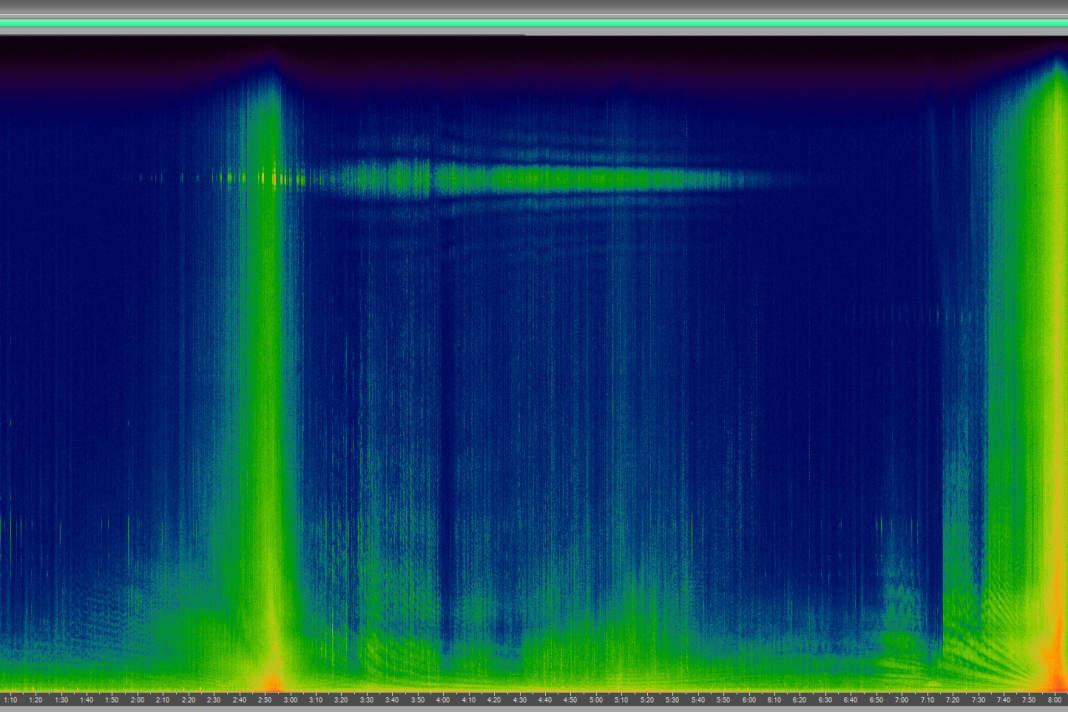





The Deutscher Motoryachtverband e.V. (DMYV) supports a project of the Bund für Umwelt und Naturschutz Deutschland (BUND) in cooperation with the Institute for Terrestrial and Aquatic Wildlife Research (ITAW) of the University of Veterinary Medicine Hannover Foundation for the protection of harbour porpoises.
The aim of the project is to shed light on the harbour porpoise, the only cetacean permanently resident in German waters. To this end, underwater noise measurements were carried out with recreational shipping in the North Sea. The measurements were carried out as part of the BUND project "Quiet for the harbour porpoises", which is funded by the Lower Saxony Bingo Environmental Foundation and the Lower Saxony Wadden Sea Foundation.
Also present: members of the DMYV member association Sail-Lollipop Regatta Verein e.V. from Hooksiel with four motor yachts of different construction, motorisation and drive type to determine the noise emissions, Dr Andreas Ruser from the Institute for Terrestrial and Aquatic Wildlife Research (ITAW) of the University of Veterinary Medicine Hannover Foundation and Dipl. Ing. Helmut von Veen, Head of the Spatial Planning / Environment / Infrastructure Department and member of the DMYV Executive Committee.
Severe threat to harbour porpoises
The harbour porpoise, which can grow up to around 160 cm in length and is classified as a critically endangered species on the Red List in Germany, is mainly found near the coast, where many pleasure craft operate. The small whales generate ultrasonic pulses with a frequency of 130 kilohertz, which enables them to orientate themselves, track down prey and communicate with each other. While the highest frequency of human hearing is 20,000 Hz at best, harbour porpoises can still perceive 130,000 Hz very well. At high noise levels, harbour porpoises stop feeding or even stop echolocation altogether. Fleeing to quieter areas and stopping feeding means a loss of energy, which can have long-term negative effects on their health.
DMYV is committed to environmental protection
Helmut von Veen explains the DMYV's commitment: "In order to understand how we can contribute to the protection of harbour porpoises, determine causal relationships and derive specific recommendations for action for our members, we need valid data and analyses so that our children and grandchildren can also experience these small cetaceans in the wild."
Noise measurements to determine the interference potential
Extensive measurements were therefore carried out in June in the Wadden Sea off Horumersiel in Lower Saxony in order to record the noise emissions of pleasure craft more precisely and to develop behavioural recommendations for pleasure craft. At around 1480 m/s, sound travels much faster in the ocean than in the air, where it travels at around 340 m/s under normal conditions.
High-frequency noise emissions as a problem for harbour porpoises
Three boats - a Sea Ray 330 Sundancer with shaft drive, a Bavaria 33 Sport with sterndrives, both with twin engines, and a Jeanneau Merry Fisher 695 with outboard engine took part in the measurement and travelled at different speeds (slow 6-9 knots, fast 13-22 knots) and directions (approaching and moving away) past the fourth boat, which served as the measuring station. The sound recording was assigned a distance for each second using the GPS positions of the measuring station and the boats.
Read also:
The results of the measurements are clear: the boats emitted considerable underwater noise in a frequency range that is highly relevant for the whales and over a large disturbance radius of up to 800 metres and more, especially when travelling at high speed. When comparing the sound levels for slow and fast travelling, the measurement data shows that the sound input of the boats increases drastically by over 30 dB between the two speeds. The sound levels measured can have a direct impact on the whales' hearing, even deafening them, triggering flight reactions and severely impairing their natural behaviour. However, it was not only propeller and engine noise that were identified as problematic sources of acoustic interference. The echo sounder of a yacht sailing past partially overlaid the noise of the motorboats and operated exactly in the frequency range of the harbour porpoises. Boaters are therefore urged to do their part to protect these friendly but highly endangered small cetaceans through their own behaviour.
Recommendations for recreational boaters:
- Please drive slowly and minimise noise and CO2 emissions.
- Areas with a high density of harbour porpoises should be avoided or - if unavoidable - travelled through slowly and carefully.
- In spring, the harbour porpoise can be found in the North Sea near the East Frisian Islands, in the Borkum Riffgrund and in the Dogger Bank, before migrating to the outer reef of Sylt in summer to reproduce.
- In the Baltic Sea, there are populations in the area of the Danish Belts and Sunde, in the area of the Flensburg Fjord to the Bay of Kiel, around Fehmarn and along the Mecklenburg coast to Rügen.
- Avoid approaching the marine mammals, e.g. to be able to see them better.
- Avoid fast accelerations that surprise the whales without allowing them to take flight.
- Echo sounders and so-called 'fish finders' use high-frequency signals that fall within the good to very good hearing range of the harbour porpoise. Only use these devices if they are required for navigational purposes.
- Many echo sounders run automatically in the background, e.g. with multifunction displays - so-called "chart plotters". If possible, unplug the transducers when the echo sounder is not required.

